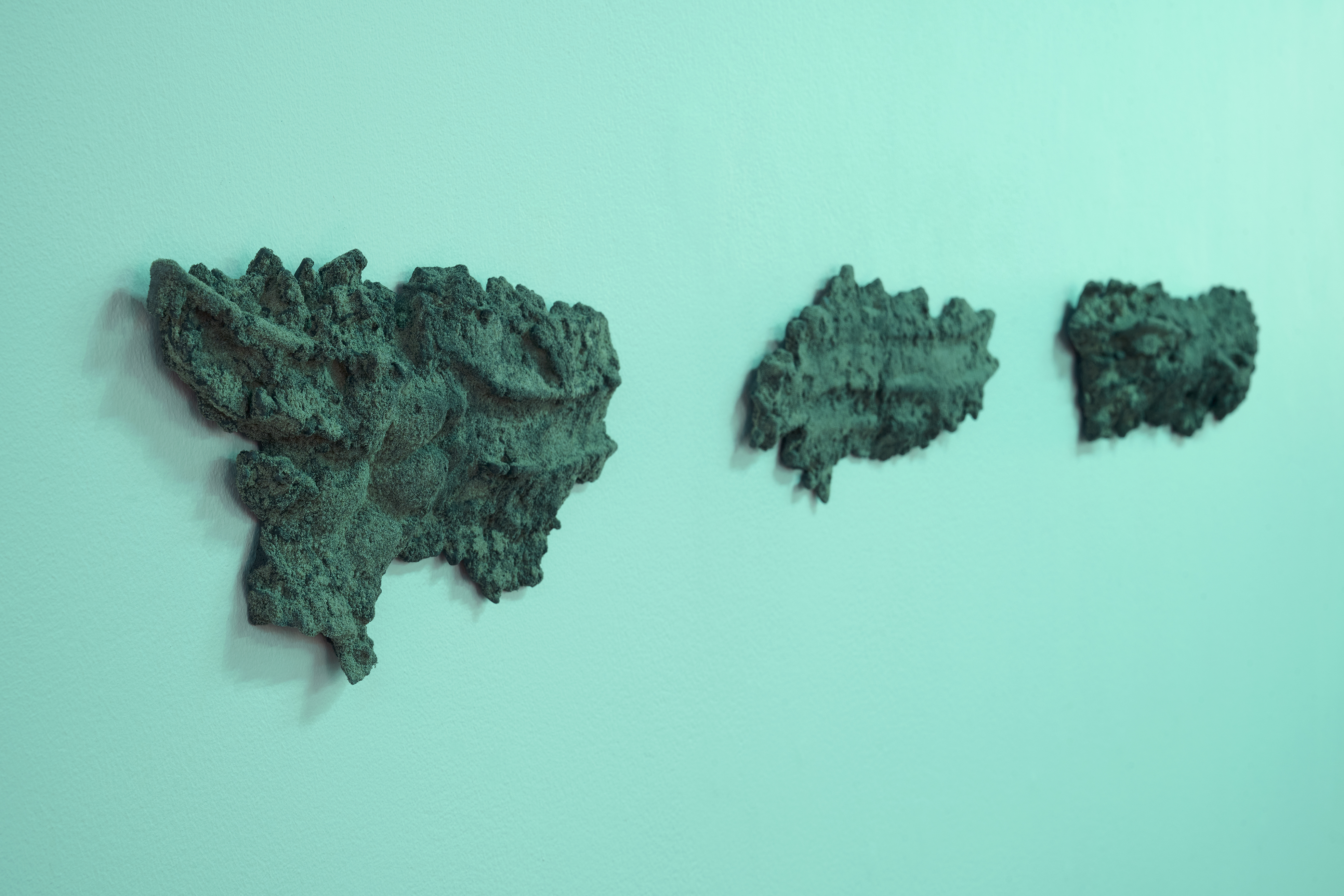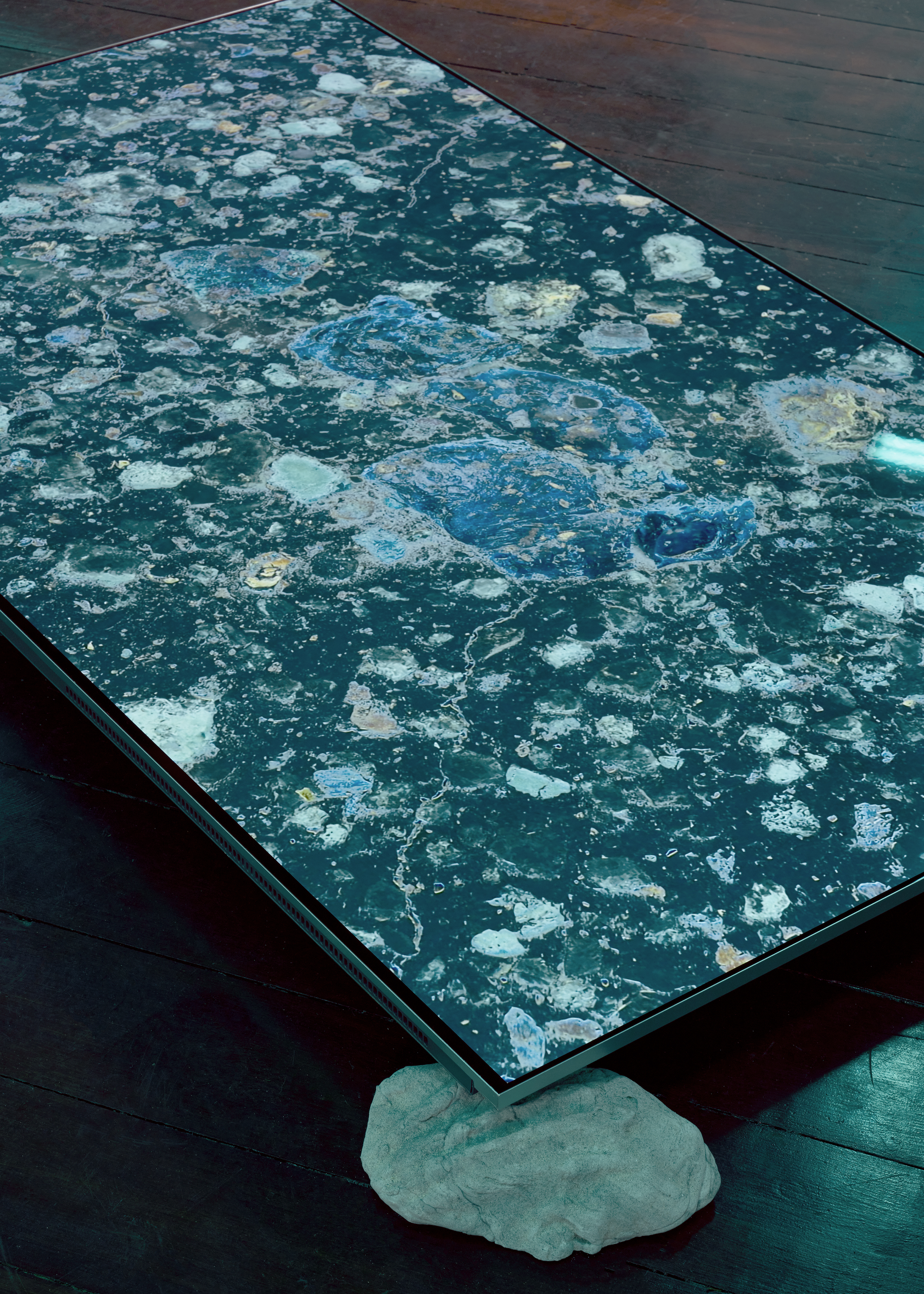![]()
Emma Pinsent, infill (movements), 2024, plaster casts from holes in the sand, black oxide, sea water; and
hiding power, 2024, salvaged float glass, wire. Sculptural installation shown as part of exhibition ‘Unruly edges’ at Firstdraft, Sydney. Image Ellen Dahl.
![]()
Emma Pinsent, infill (movements) (detail), 2024, plaster casts from holes in the sand, black oxide, sea water. Image Ellen Dahl.
![]() Unruly edges (installation view), 2024, Firstdraft, Sydney. Image Ellen Dahl.
Unruly edges (installation view), 2024, Firstdraft, Sydney. Image Ellen Dahl.
![]()
Emma Pinsent, infill (movements), 2024, plaster casts from holes in the sand, black oxide, sea water. Image Jessica Maurer.
![]()
Emma Pinsent, hiding power, 2024, salvaged float glass, wire. Image Jessica Maurer.
![]()
Emma Pinsent, hiding power, 2024, salvaged float glass, wire. Image Jessica Maurer.
![]()
Unruly edges (installation view), 2024, Firstdraft, Sydney. Image Ellen Dahl.
![]() Emma Pinsent, tailings (left), 2024, nickel bronze and sea glass; and infill (movements) (right), 2024. Image Ellen Dahl.
Emma Pinsent, tailings (left), 2024, nickel bronze and sea glass; and infill (movements) (right), 2024. Image Ellen Dahl.
![]()
Emma Pinsent, infill (movements), 2024. Image Ellen Dahl.
![]()
Emma Pinsent, tailings (detail), 2024. Image Ellen Dahl.
![]()
Emma Pinsent, tailings (detail), 2024. Image Ellen Dahl.
![]()
Emma Pinsent, infill (movements) (detail), 2024. Image Ellen Dahl.
![]()
Unruly edges (installation view), 2024, Firstdraft, Sydney. Image Ellen Dahl.
![]()
Unruly edges (detail), 2024, Firstdraft, Sydney. Image Ellen Dahl.
*Developed in consultation with Arakwal Traditional Owners and on-site within Arakwal beaches.
Unruly Edges
6 April - 9 May 2024
Firstdraft, Woolloomooloo.
Ellen Dahl, Emma Pinsent, Eduardo Wolfe-Alegria
Unruly Edges brings together the works of three seemingly disparate artists whose works are connected through notions of boundaries, edges and postnatural intersections. Emma Pinsent’s site-responsive works transform encounters with porosity within the intertidal zone, informed by situated fieldwork and walking within Arakwal beaches in the Northern Rivers NSW. Sculptural experiments engaged on and off-site, aim to reveal fraught entanglements between colonial legacies of extraction, property, ecology, weather and waste. Ellen Dahl explores the expanded field of the photographic medium to creatively engage with overlapping and ambiguous concepts like the Anthropocene, the edge, time and geological imaginations. Eduardo Wolfe-Alegria’s anthropomorphic sculptures and paintings merge human and non-human, imagined and real, to create bucolic fantasies underpinned by narratives of ecological dissonance.
In Unruly Edges, these artists have collaborated to create an imagined ecotone or contact zone, formed as the boundaries of their works dissolve and entangle, initiating new dialogues between their works in order to draw out previously unexplored or emergent ideas in their practices. The works are visually connected through a bluish light, casting the gallery space in a “strange iridescence” evoking connections to water, the subterranean and the geological as well as to “unnatural” colours of plastics, mining and other synthetic materials. By establishing a porous zone – where art practices, materials and conceptual ecological thinking blend, the artists reference Jeffery Jerome Cohen’s eco-theorethical concept of Prismatic Ecology. It argues that creating a green exclusivism (or focus on what we consider ‘precious’ or ‘pristine’ environments) ignores the aesthetic potency of nature’s polychromatic diversity, and in turn undermines its full potential to inform our cognitive, aesthetic and imaginative experiences. This tendency to lump ecologies together as ‘green’, Cohen argues creates limitations for aesthetic understanding of ecology beyond the nature/culture binary.
Unruly Edges sets out to destabilise this binary, incorporating a polychromatic framework, arguing that an expanded and reimagined aesthetic approach is needed to contend with an increasingly complex and uncertain ecological future.

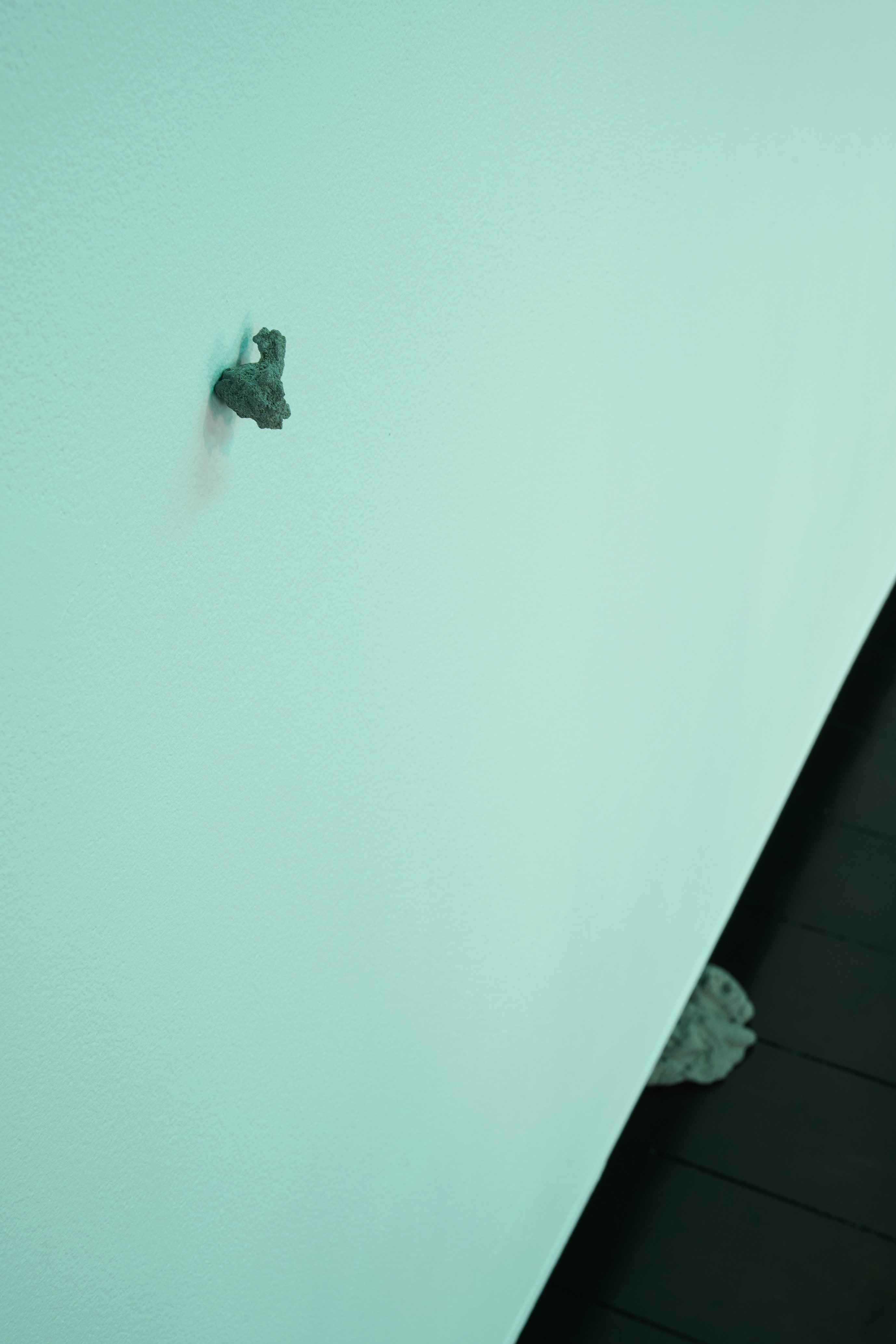
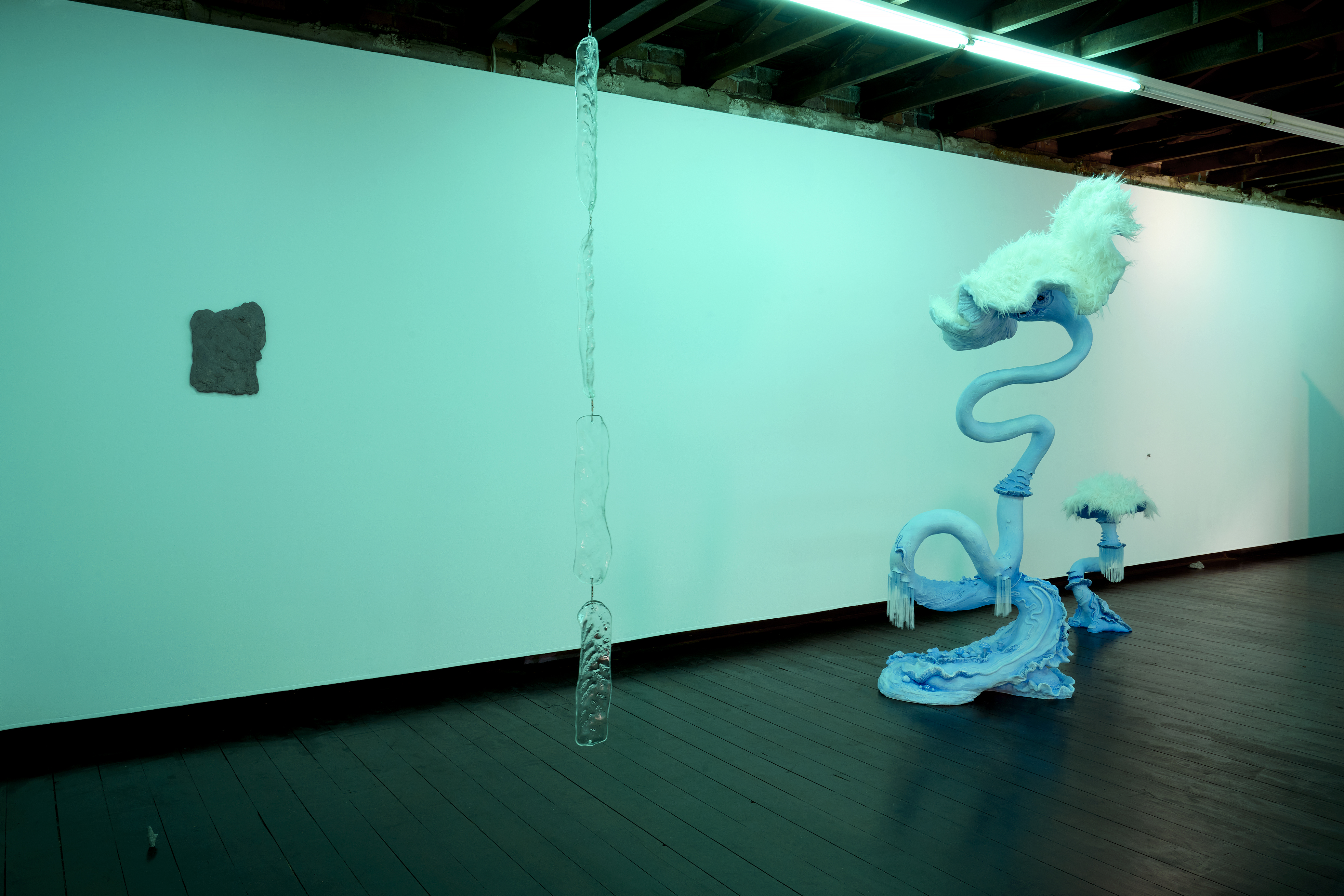 Unruly edges (installation view), 2024, Firstdraft, Sydney. Image Ellen Dahl.
Unruly edges (installation view), 2024, Firstdraft, Sydney. Image Ellen Dahl.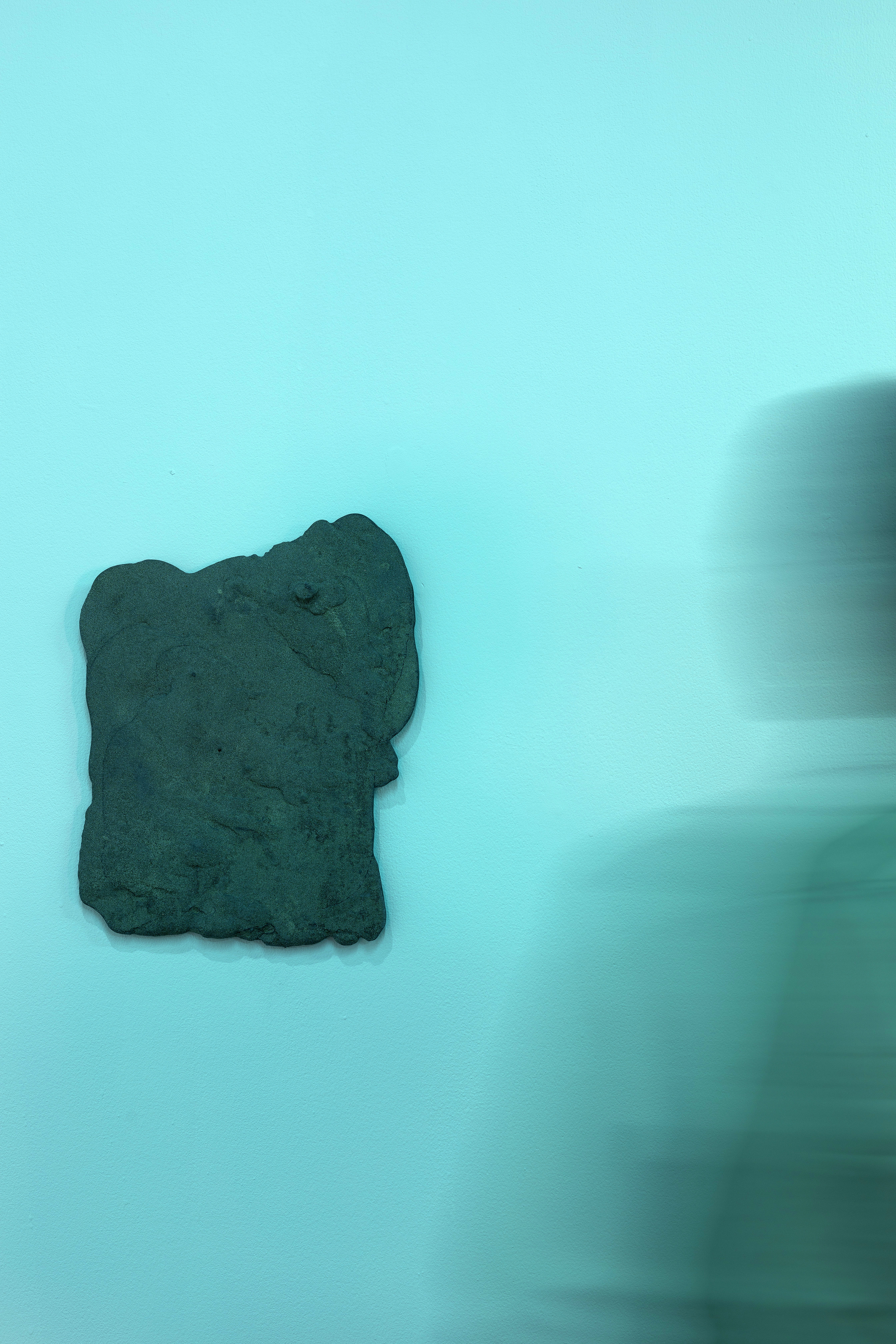


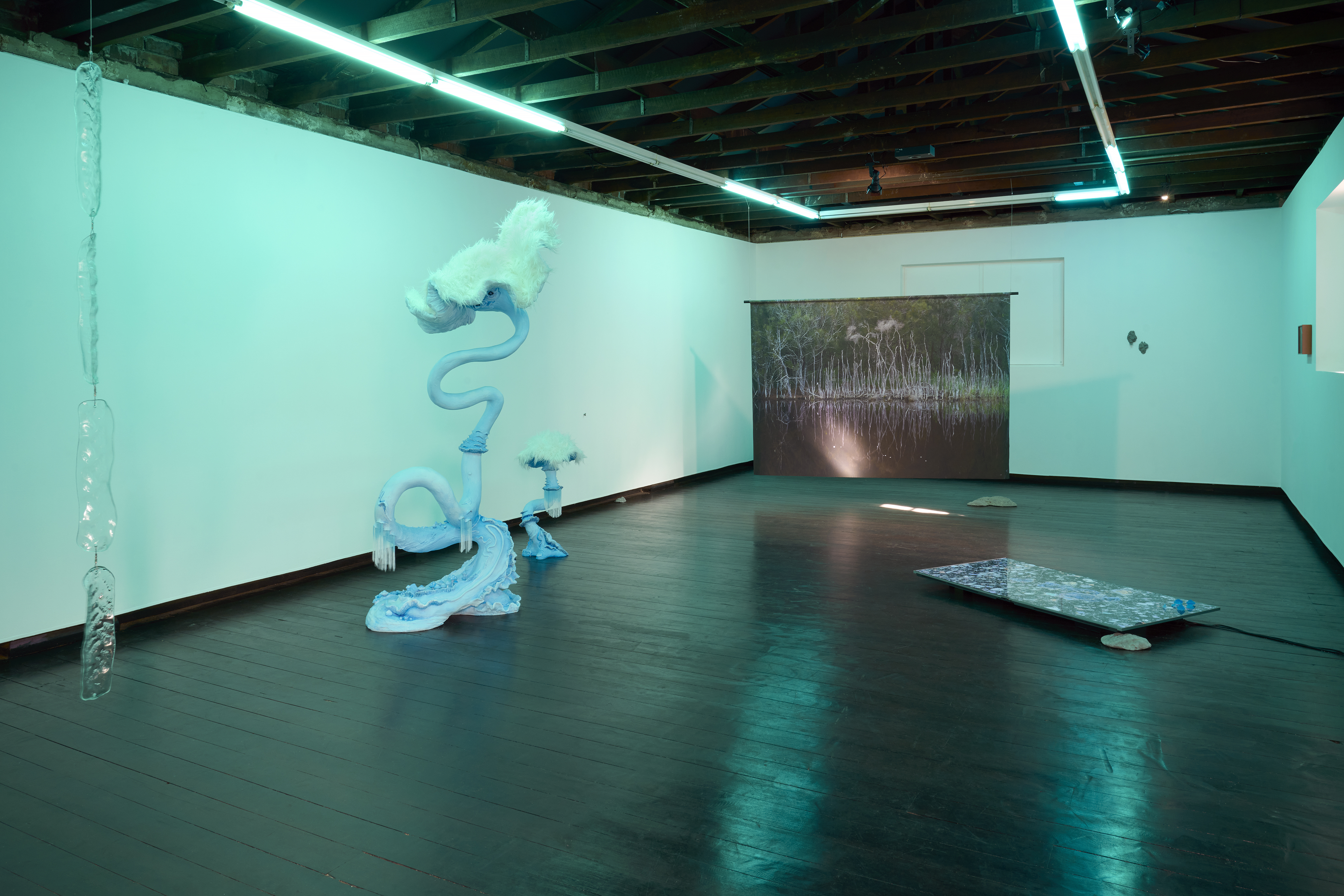
 Emma Pinsent, tailings (left), 2024, nickel bronze and sea glass; and infill (movements) (right), 2024. Image Ellen Dahl.
Emma Pinsent, tailings (left), 2024, nickel bronze and sea glass; and infill (movements) (right), 2024. Image Ellen Dahl. 